I’ve been doing a deep dive in the area of motivational interviewing (MI). While I was trained as a wellness coach over 15 years ago, the techniques of MI add another layer to my ability to help people change. In fact, I’ll be presenting the topic to other personal trainers at a conference in March on how they can use it to help their clients. I also believe that if you learn the concepts of MI, it can help you create your own change. Here are a few basics of MI to assist you in making changes in your life.
Ambivalence
Let me start by saying that MI is a tool in overcoming ambivalence, or the uncertainty when being pulled in two different directions. This is seen when there is a desire to change and a desire to not change. We’ve all experienced this. I would like to spend more time writing and I want to binge watch my latest Netflix series (which happens to be the 2nd season of the new Lost In Space). Both desires are there in me. I am ambivalent about changing. So, when we find ourselves ambivalent about changing, what can we do?

Change Talk and Sustain Talk
In MI, the practitioner listens to his or her client talk about what they would like to do. The practitioner is listening for change talk (talk expressing why change is important) and sustain talk (talk that supports them not changing). The practitioner acknowledges the sustain talk to the client when it is heard and when he or she hears change talk, they will likely ask you to get into more in depth with it. In example, if you say, “I know I should be exercising (change talk), but I don’t have any time (sustain talk).” The practitioner might reply, “Time is tight. You don’t seem to be able to fit anything else in (acknowledging sustain talk) and (not but, they are are not mutually exclusive) you know you should be working out (acknowledging change talk). Tell me more about why working out is important to you.” (asking you to dig deeper into change talk)
Dig Deeper Into Change Talk
Talking about your reasons to change in greater depth accomplishes a couple of things.
- It helps you discover or bring to light more reasons why the change is important to you. Say you wanted to lose weight and were asked to say a little more about why losing weight was important to you. Maybe your doctor said that your blood pressure was high and that losing weight could help lower it. Maybe you want to stay healthy so you can be an active father or mother for your kids.
- As you articulate more reasons why change is important, you strengthen your resolve to change.
You Can Accomplish Big Things When You Set Your Mind to It
Is changing too difficult? That thought pops into all of our minds at some point. “I can’t. It’s just too hard!” Of course, as the saying goes, “Whether you think that you can, or that you can’t, you are usually right.” – Henry Ford. To help you have more confidence in your ability to change, explore past times that you have accomplished something challenging. As you find situations that you were able to overcome, it helps you recognize that the traits that you had for those challenges can help you with upcoming ones.
Nobody Knows You Better
There are experts in the world that know more than most about a particular subject. They will tell us that we should be doing this or that we shouldn’t be doing that. I have been a personal trainer for 40 years and have never stopped learning. So, my knowledge of exercise prescription is very good. However, no matter how well equipped I am to dictate what behaviors can create change for Joe or Jane Average, I am not an expert on you (nor is anyone else). Only you are. I don’t know your full history, or what really drives you, or your internal battles, or what ultimately is the best path for you. MI practitioners are facilitators, getting you to explore your own feelings, reasons for change, and strategies to make that change happen. If you find yourself without the answers, MI practitioners can help you fill in the gaps.
Action Plan
Knowing yourself as you do, decide what the next step should be. Create an action plan. Start with, “Tomorrow (or other set date), I will…” (Remember, “Try not. Do or do not. There is no try.”- Yoda) That doesn’t mean you can’t fail. However, if a strategy doesn’t work, simply modify it and start again.
Implement It
Now, let’s discuss how you can implement this for yourself. A large part of MI is that the act of hearing yourself, your words, talking about why change is important, that you have the traits that can help you overcome challenges, and your action plan for that change, creates a greater willingness and confidence in sticking to that plan and reaching your goal. Since you won’t be with a MI practitioner, how can you “hear” yourself? Find a recording medium of your choice, video, audio, record it by typing it into a document, or write it by hand in a journal. Then go through the process of:
- Talk about what you want to change or accomplish
- Note your sustain talk and your change talk
- Dig deeper into the change talk. Ask yourself more about what reaching your goal might mean, how your life might be different
- Talk about times you’ve overcome obstacles and what traits allowed you to do that
- List some strategies that you could implement that would help you on your way
- Give a specific time when you will begin
- Reassess weekly. Repeat any steps needed and record what went well, what did not, what alterations to the plan are needed, and reaffirm what changing will mean to you
Give It a Shot
and let me know how it goes. Best wishes, Mark
Disclaimer to MI Practitioners:
In being a very brief, static, one-sided blog post to a general population of which I know no specifics, I have broken many of the rules of MI. Please allow me a little leeway. I am writing about this in an attempt to empower the reader to make their own path for change.
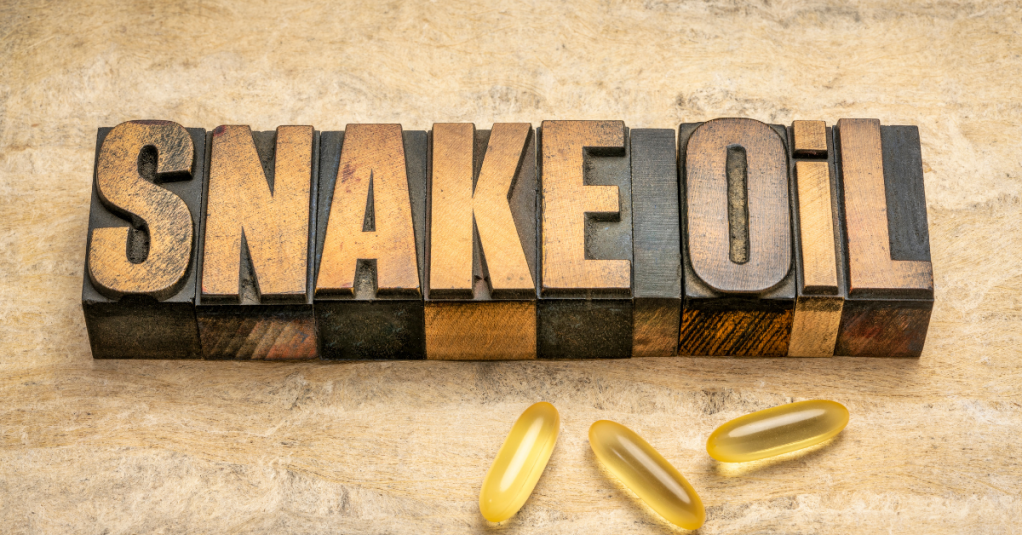
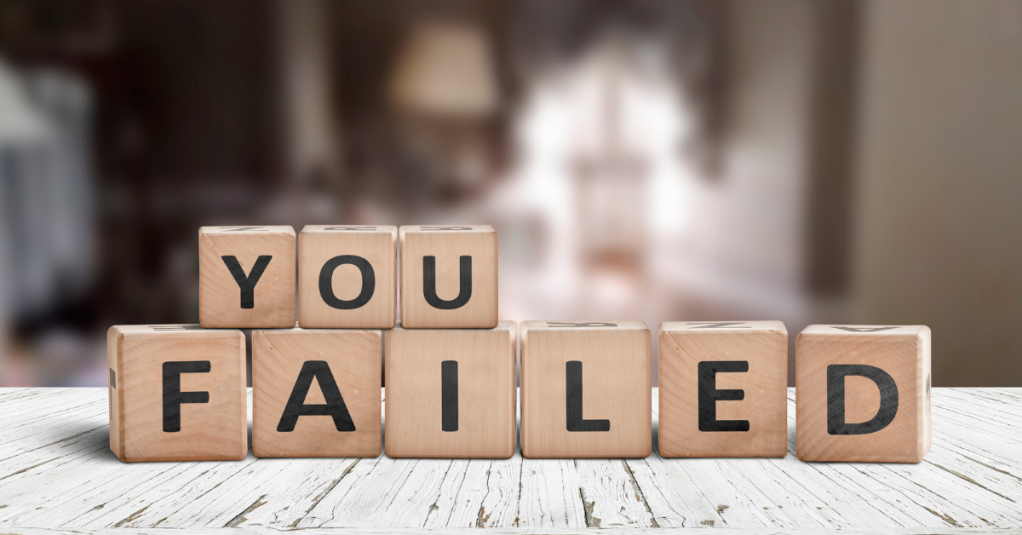
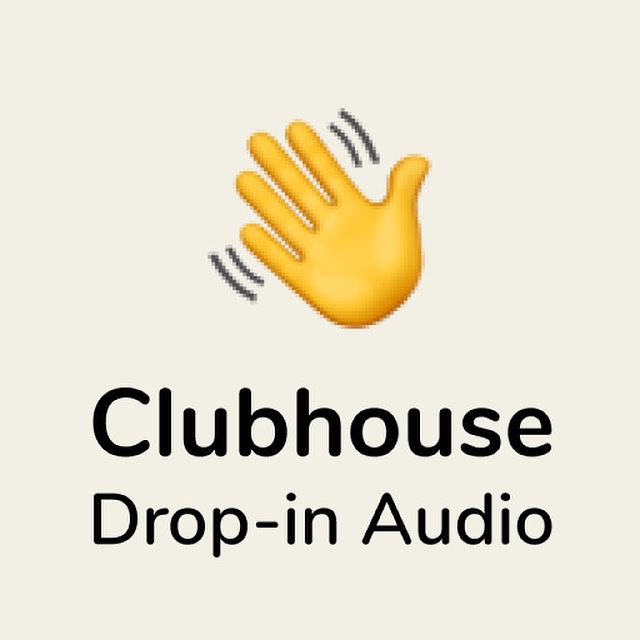
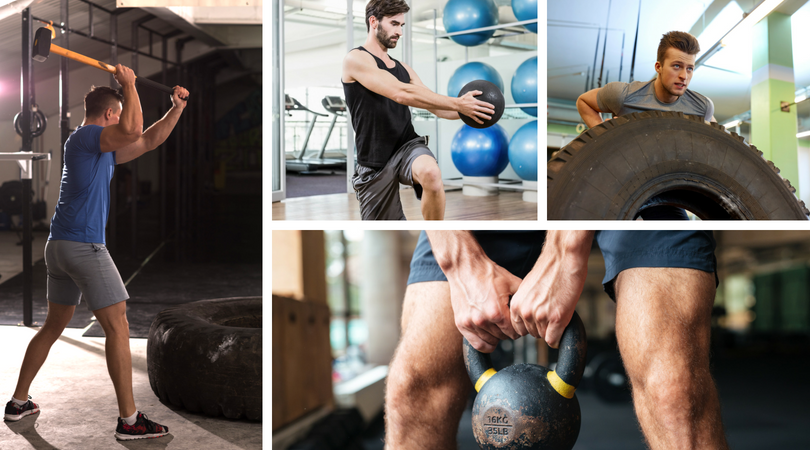
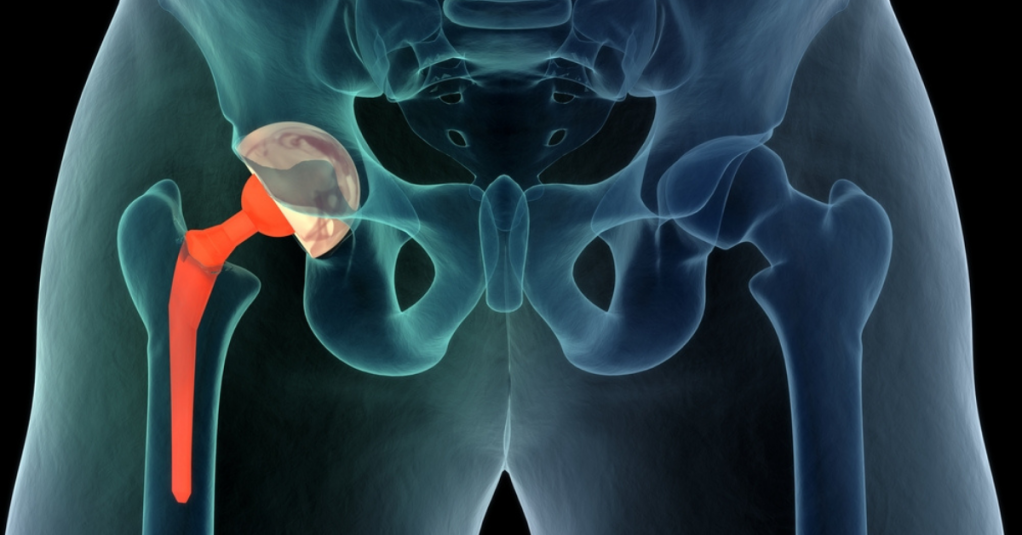

 and here is the reality:
and here is the reality:

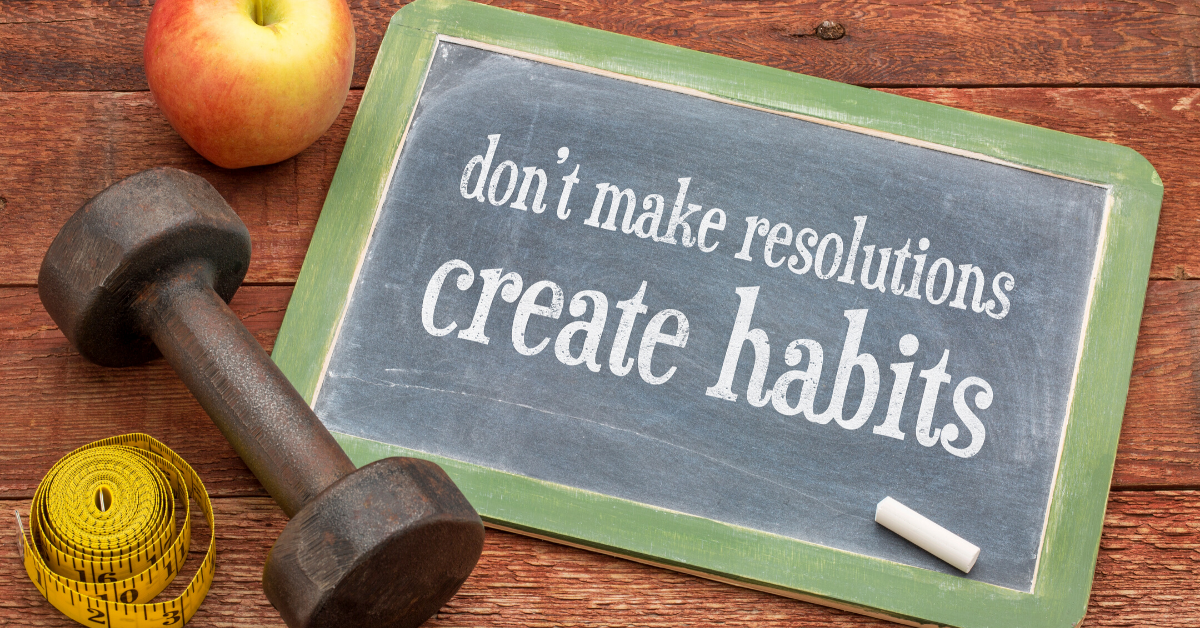 Well, there’s something very attractive about new beginnings. So, a new year, a new month, a new day seems like an ideal time start something new. I personally believe that so many people fail because they’re making this resolution for the year, “this year I will…”, and have given themselves a year to accomplish it and therefore make the goal a big one. That, in itself, is not the problem. A year is actually a good amount of time to make some real changes, but, people don’t create a gradual plan for the year. They create a crash course that they intend on keeping until they reach their goal. “I will run 5 miles every day.” “I’ll only eat salads.” “I will meditate for an hour every day.” Starting from square one, each of these are too severe to expect to be able to maintain them. They end up falling off the wagon and, feeling defeated, give up never having reached their goal. The best way to reach your goal is to start with a small behavior to change, one small step forward. Then, as your body and your mind are ready for it, you can progress to something more challenging. Running 5 miles might begin as walking a half mile every other day. See how it feels after the first week and maybe add a day or progress to a half mile walk/run.
Well, there’s something very attractive about new beginnings. So, a new year, a new month, a new day seems like an ideal time start something new. I personally believe that so many people fail because they’re making this resolution for the year, “this year I will…”, and have given themselves a year to accomplish it and therefore make the goal a big one. That, in itself, is not the problem. A year is actually a good amount of time to make some real changes, but, people don’t create a gradual plan for the year. They create a crash course that they intend on keeping until they reach their goal. “I will run 5 miles every day.” “I’ll only eat salads.” “I will meditate for an hour every day.” Starting from square one, each of these are too severe to expect to be able to maintain them. They end up falling off the wagon and, feeling defeated, give up never having reached their goal. The best way to reach your goal is to start with a small behavior to change, one small step forward. Then, as your body and your mind are ready for it, you can progress to something more challenging. Running 5 miles might begin as walking a half mile every other day. See how it feels after the first week and maybe add a day or progress to a half mile walk/run.